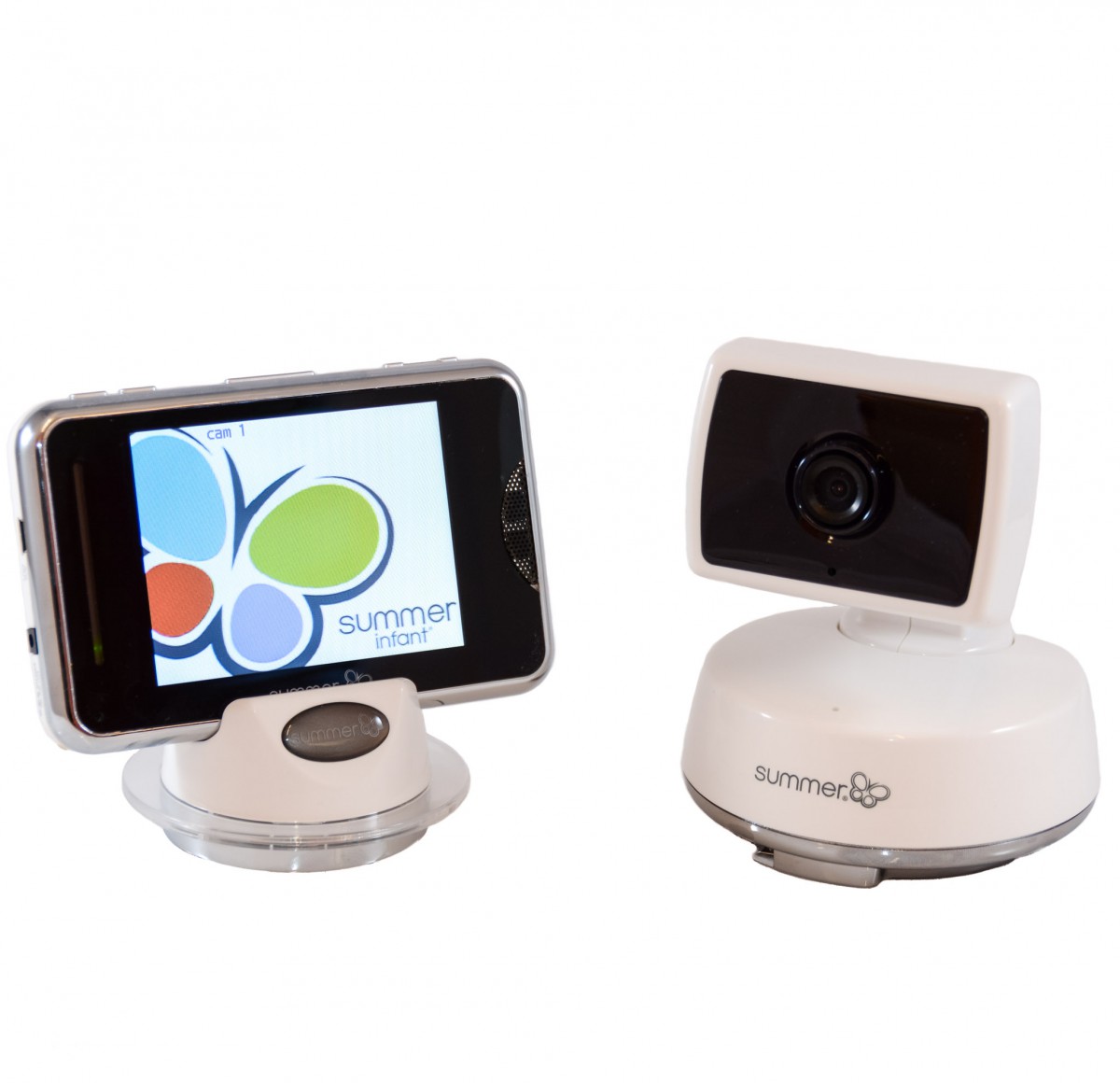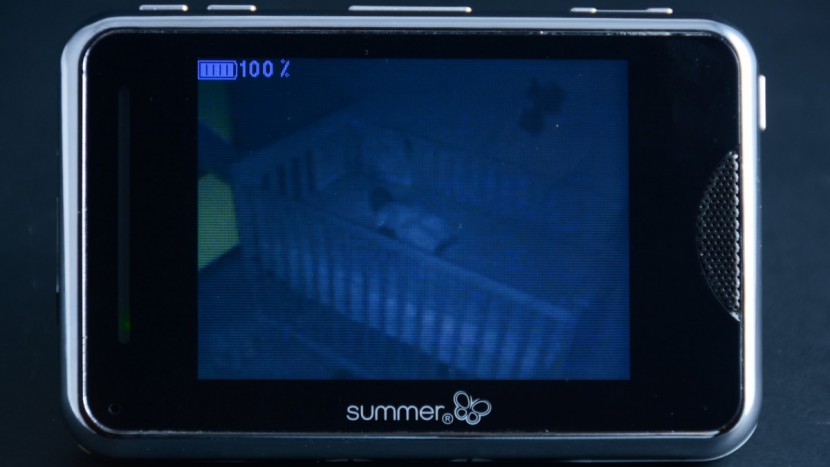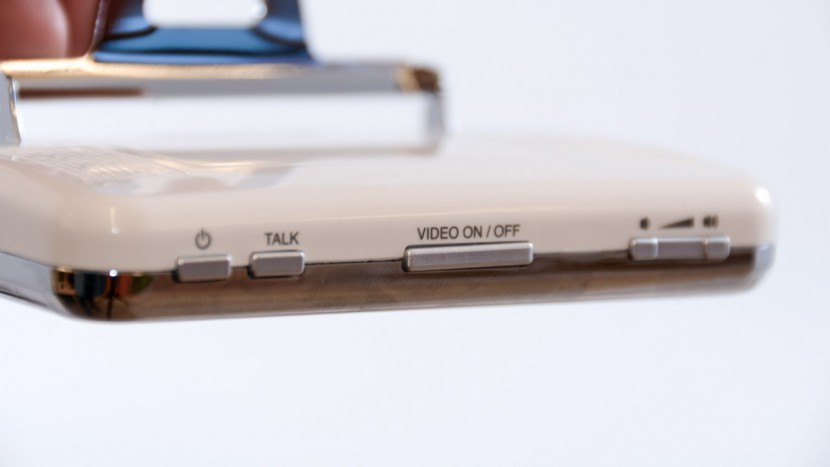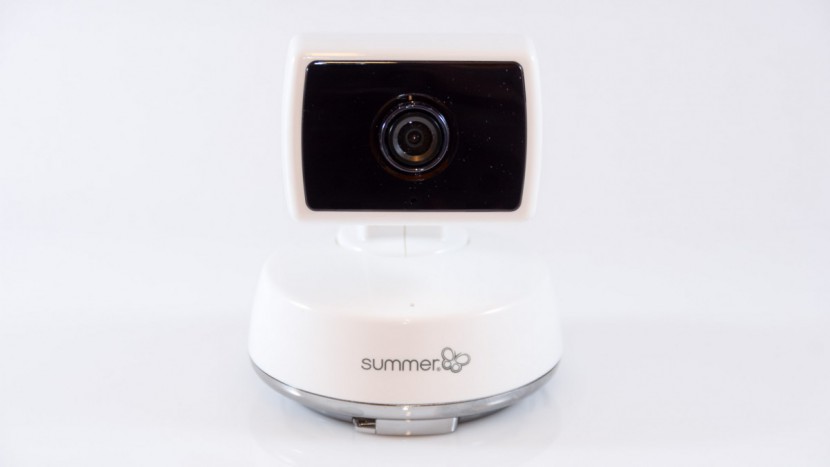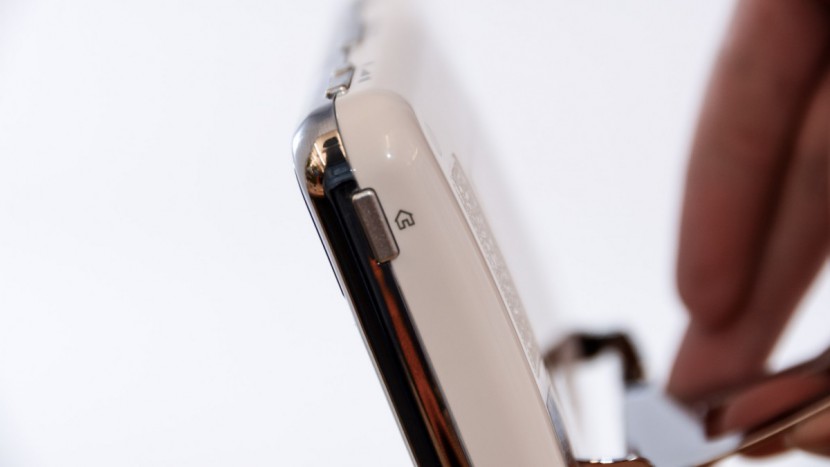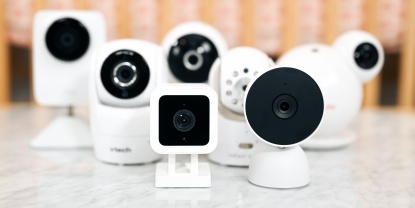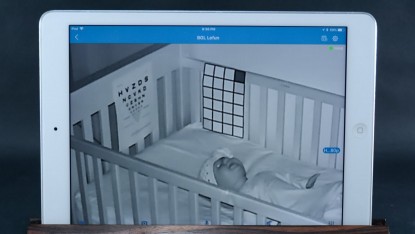The Summer Infant Baby Touch has been discontinued.
Summer Infant Baby Touch Review
Our Verdict
The Summer Infant Baby Touch has been discontinued.
Our Analysis and Test Results
William Lockett III started Summer Infant in 1985 when he wanted to find a safe place to place his baby while he did other things. As a new father he created the original bouncy seat. Since then, Summer Infant has continued to create a wide range of baby products for families that are affordable including monitors, strollers, cribs, bathtubs, and more.
The comparison chart below shows the monitors we tested for this review including the Summer Infant Baby Touch (shown in blue). With a third from the bottom rank, it is easy to see why the Baby Touch did not win an award.
The subsections below detail point-by-point the performance of the Baby Touch in our tests and how it compared to the competition. These test results combined to give the Baby Touch its overall score and resulting rank.
Range
The Baby Touch earned a 5 of 10 for range of use. The Philips Avent SCD630, another dedicated monitor, earned the highest score for range with a score of 9. Indoors the Baby Touch worked up to 5 walls and 75 ft. This is less than the Philips with 5 walls and 92 feet. The Baby Touch had an open field range of 500 ft, which is less than the manufacturer's claim of 600 ft. This monitor worked better when standing still and was somewhat spotty when we were moving to change distances. It was spotty standing still at 550 ft and lost connection completely by 600 ft.
Audio / Visual
The Baby Touch earned a 5 of 10 for sound. 8 was the high score in this metric, and was recieved by the Philips Avent SCD630. The Baby Touch has maximum sound up to 103 db. The sound level ranges from 78 db to 48 db and has a muffled quality with a noticeable lack of clarity. The sound for this monitor is always on, and it is not good at filtering out background noise. If you set the volume to 1 or 2 you cannot hear the background noise, but this may be too soft to wake some parents up from sleeping, so the tradeoff might not be worth it. Overall, the sound is sort of hollow and bright.
The Baby Touch earned a 5 of 10 for video quality. The daytime image with the Baby Touch was a little washed out and none of the colors were accurate compared to real life. The letters on our eye chart were blurry, even when zoomed, and there was some image distortion, as the top rail of the crib looks slightly curved on the parent unit, but it is straight and level in real life. Night vision for the Baby Touch was better than its day images, but it still wasn't anything to rave about. The picture was well-defined and you can tell what you are seeing, but again, most of the detail isn't impressive.
Ease of Use
The Baby Touch earned a 7 of 10 for ease of use, which is one point lower than the highest scoring dedicated monitor for ease of use, the Philips Avent SCD630 with an 8. The Baby Touch is a plug and play unit where the camera and parent unit pair automatically when you plug them in and turn them on.
The Baby Touch is easy enough to use with a home button and menu options that appear on the bottom and right side of the touch screen. The touch screen works well and the menu options are simple and easy to navigate. The volume for this unit is right at the top, which is easy for sleep deprived parents to find to adjust, instead of being hidden inside a menu option like some of the competition. At least part of the ease of use for this parent unit is the lack of features that keeps interaction limited and more intuitive with fewer opportunities to make mistakes.
Battery Life
The Baby Touch earned a 4 of 10 for battery life, the lowest in the group. This monitor has a Li-ion 3.7V battery that the manufacturer offers conflicting run times for. The website indicates the battery life is 10 hrs while the manual that comes in the box says 6 hrs. We aren't sure why there is a discrepancy, but we think the buyer should beware when it comes to manufacturer claims. On the bright side, it hardly matters for this one, because BabyGearLab run time during testing was 10.5 hrs.
Features
The Baby Touch earned a 4 of 10 for features, which is the second lowest for the metric. A large influencing factor for the lower score for the Baby Touch is the lack of extras that are becoming more common. This parent unit has a 3.5 in screen and has the ability to operate with up to 3 additional cameras (sold separately).
This monitor doesn't offer additional features for convenience or fun like a temperature sensor, night light, lullabies or recording. While these features are not a necessity, parents will still be looking for them when making comparisons, and some might consider their absence as a potential deal breaker.
Some features of this monitor are:
- Night vision mode
- An auto-sleep screen (but not auto-wake)
- 2X zoom capabilities
- Two-way communication
- True camera pan and tilt
Electromagnetic Field (EMF) Levels
On average the Baby Touch camera has an EMF reading of 2.70 when it is 6 ft from the acoustimeter. This is about the distance from baby's head to the standard camera location. The lowest for any dedicated monitor is 1.93 for the Project Nursery 4.3 at 6 ft. The parent unit for this monitor has an average EMF reading of 3.5 when placed about 3 ft from the reader. This is likely further than most parent units will be situated, but it reads 6 when place within arm's reach.


